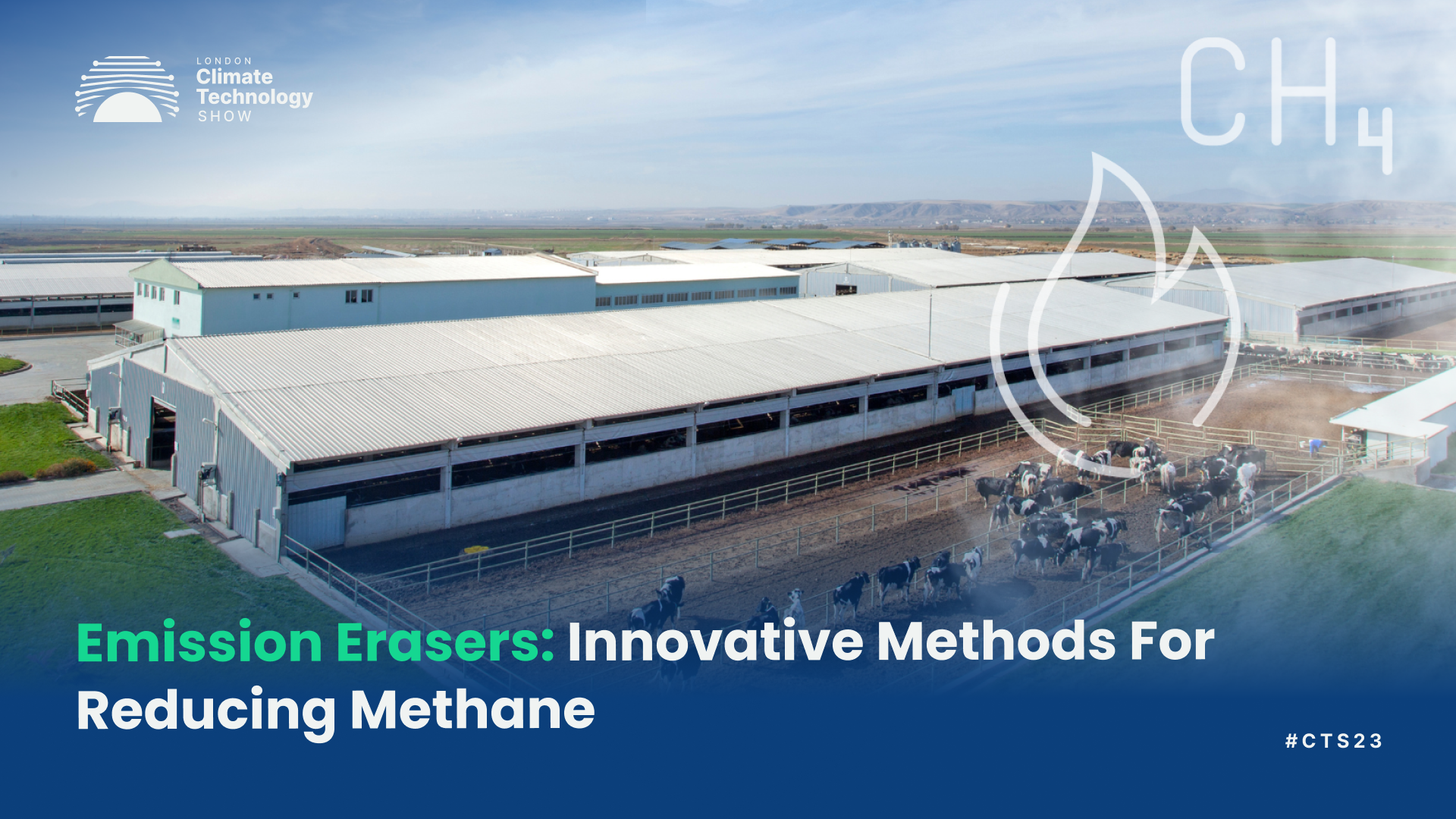Methane being a colourless, odourless potent greenhouse gas is responsible for a significant portion of global warming and the second most common GHG after carbon dioxide. Methane contributes significantly to climate change despite decomposing more quickly than carbon dioxide because it retains 80 times more heat than carbon dioxide.
Methane is the main component in natural gas which is used as a fuel in industrial plants, power homes and helps run air conditioners among other applications. According to the EPA (Environmental Protection Agency), globally, 50 to 65% of total methane emissions come from the following human activities:
- Raising livestock.
- Leaks from natural gas systems.
- Landfills and waste from homes and businesses.
It is likely that methane levels in the atmosphere would drop soon if actions are taken to minimise human-caused methane emissions. Various scientific approaches can be used to limit methane emission, a few of which are briefed below:
Use of methane inhibitors: One approach to reduce methane emissions is to use methane inhibitors which are chemicals that can be added to natural gas production and transportation systems to prevent methane leaks. Some examples of methane inhibitors include glycols, alcohols, and surfactants. These chemicals can be added to the gas stream at various points in the production and transportation process to reduce the amount of methane that is lost to the atmosphere. However, more research is needed to fully understand the potential of methane inhibitors as a climate technology and to determine the optimal ways to use them.
Altering the digestive process of animals: There are several ways that the digestive process can be altered in animals to reduce methane emissions. One approach is to change the diet of the animals to include feedstuffs that are less conducive to methanogenesis, the process by which methane is produced in the stomachs of ruminant animals. For example, adding certain types of plant-based oils or fats to the diet can reduce the amount of methane produced.
Another approach is to use feed additives such as enzymes or bacteria that can break down the fibres in the animal's diet more efficiently, reducing the amount of undigested material that ends up in the stomach where methane is produced. Additionally, certain drugs and compounds, such as 3-nitrooxypropanol (3NOP) and monensin have proven to reduce methane production in ruminant animals by altering the microbial population in the stomachs.
Another strategy is selective breeding, the use of genetic selection to identify and propagate individuals that produce less methane.
Zero- emissions farm equipment: These are specific types of farming equipment that do not release any emissions, including methane. These are mostly electric or battery-powered equipment instead of being dependent on fossil fuels. Electric tractors, for example, do not produce any emissions and can be powered by renewable energy sources. This can help to significantly reduce the amount of methane released into the atmosphere from farming operations.
Another way to reduce methane release from farm equipment is by using precision agriculture techniques, such as precision irrigation and precision planting. These techniques can help to reduce the amount of water and fertiliser used in farming which can in turn reduce the amount of methane produced by decomposition of organic matter in soil.
Anaerobic manure processing: This process involves breaking down the organic matter in the manure using microorganisms in the absence of oxygen. The resulting biogas, which is mostly methane, can be used as a fuel and the remaining byproducts can be used as fertilisers. This method of processing manure is considered to be more eco-friendly than traditional methods as it reduces the amount of greenhouse gases released and generates an alternate energy source.
Bio-engineering: One way bio-engineering is being used to reduce methane emissions is through the development of methanotrophic bacteria. These bacteria are able to consume methane as a source of energy and convert it into carbon dioxide and water. This process can be used to reduce methane emissions from landfills, coal mines, and other sources.
Moreover, genetically modified crops like rice and sugarcane can be employed to reduce methane emissions from agriculture. This is done by introducing a gene that causes the plant to produce an enzyme that breaks down the molecules responsible for methane production.
To commercialise these innovations on a climate-stabilising scale, efforts are needed to integrate these technologies with existing industrial and agricultural systems. However, it is important to note that this is a collective effort and requires cooperation from government, industries and individuals. By working together, we can make a significant impact in reducing methane emissions and preserving the planet for future generations.

